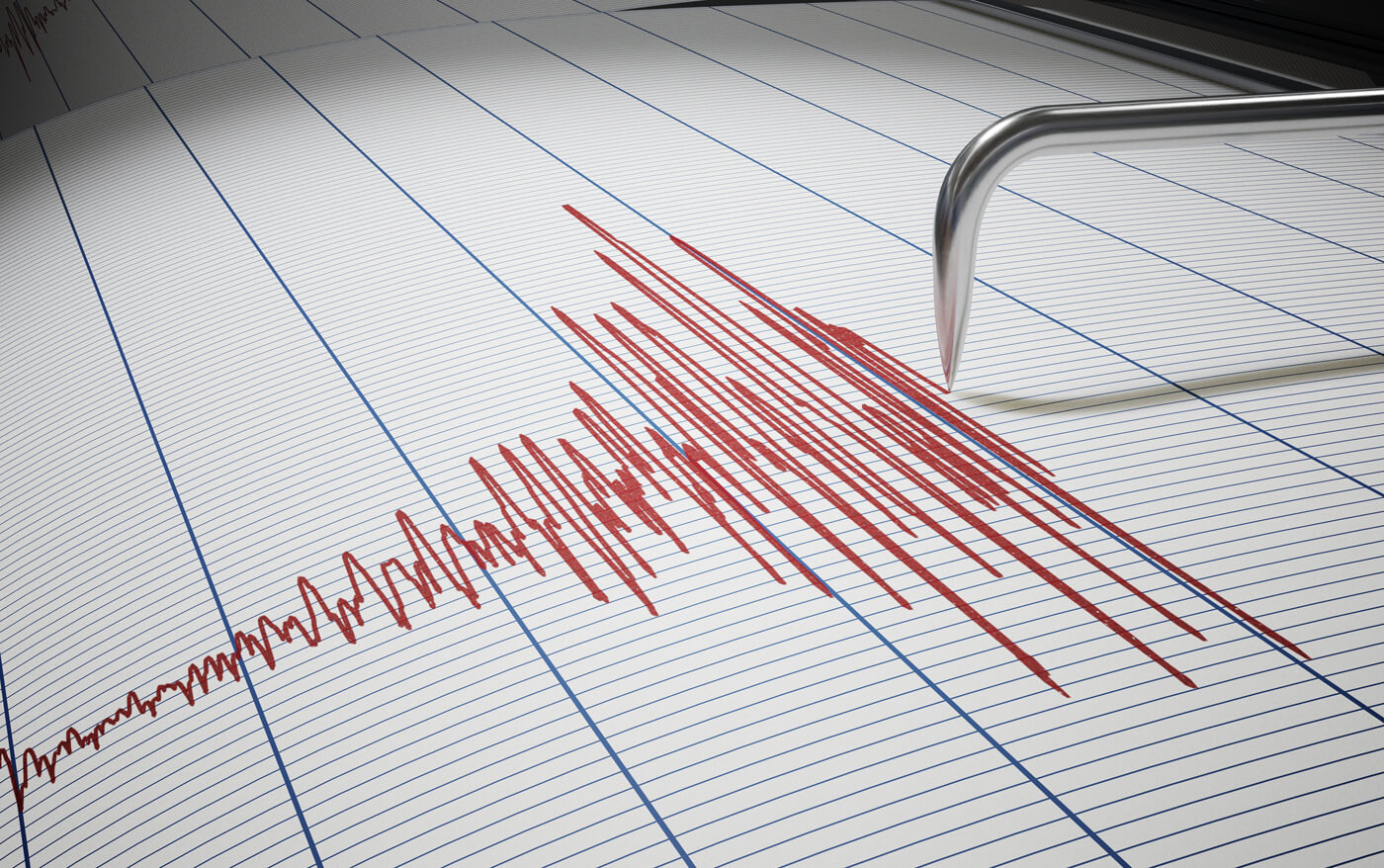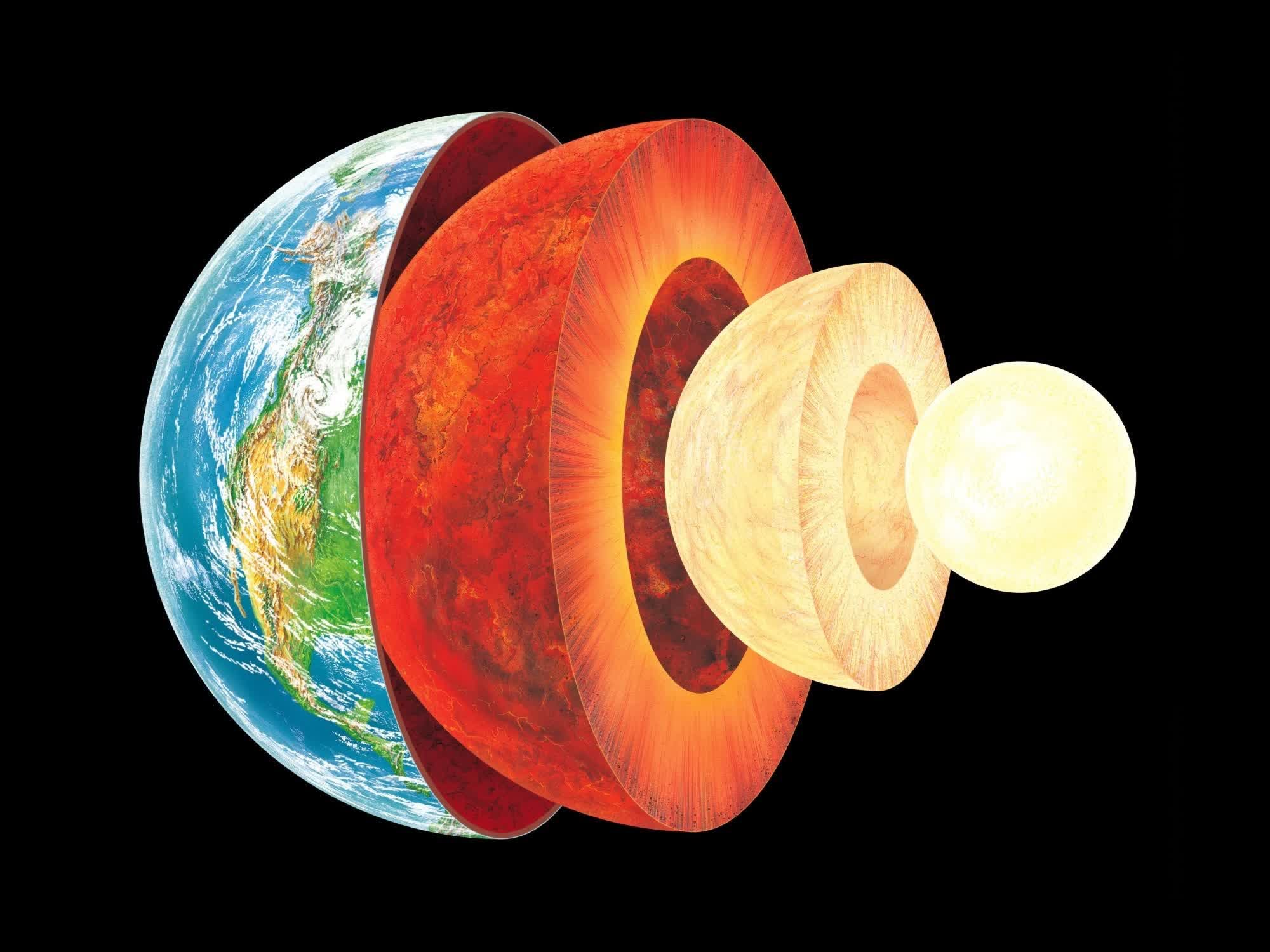Why it matters: There are many mysteries regarding the Earth's core. One involves seismic fluctuations over the last several decades. Some scientists think they are evidence of changes in the inner core's rotation, but others disagree on their timing. The effects for us on the surface have likely been minimal.
A new study suggests that the Earth's inner core recently stopped spinning and is changing its direction. The changing spin may be behind slight fluctuations in the length of a day from year to year.
In the January 2023 issue of the science journal Nature Geoscience, researchers Xiaodong Song and Yi Yang of China's Peking University claimed the planet's inner core stopped spinning relative to the other layers around 2009. The Earth's innermost layer, about 3,100 miles below our feet, made of hot iron and about the size of Pluto, can rotate independently of the mantle and crust because of a liquid outer core that surrounds it.
The researchers said the inner core started reversing its spin after stopping and that this process repeats about every 35 years. The reversal last occurred in the early 1970s; the next could be in the mid-2040s.

The study involved measuring the seismic waves that travel through the Earth. These ripples date back to 1964 and originate from earthquakes and nuclear explosions. Waves showing significant temporal changes in the early 1990s showed relatively slight variation throughout the last decade, possibly suggesting that the core's rotation has paused. The researchers found similar data from the early 1970s, and the data correlates with changes in the length of a day.
University of Southern California seismologist John Vidale disagrees. He thinks the inner core oscillates every six years based on data from nuclear explosions from the late 1960s to the early 1970s. Other geophysicists have numerous theories, but Vidale doesn't believe any models adequately explain all the data.
One theory claims the inner core moved significantly between 2001 and 2013 but hasn't moved since. Australian National University geophysicist Hrvoje Tkalcic claimed in his research that the core cycles back and forth every 20 to 30 years instead of changing in one direction every 35 years.
However, he also doubts the accuracy of all the proposed theories. Seismic data only provides limited information about what's happening inside the Earth. Other theories postulate that the inner core may have another core inside it. So scientists have yet to reach a consensus on what happens in the inner Earth.
